AVAILABLE IN ARABIC
About This Book
Students learn to read and write best when their teachers balance literacy instruction. But how do you strike the right balance of skills and knowledge, reading and writing, small and whole group instruction, and direct and dialogic instruction, so that all students can learn to their maximum potential?
The answer lies in the intentional design of learning activities, purposeful selection of instructional materials, evidence-based teaching methods, and in strategic groupings of students based on assessment data. Together, these create the perfect balance of high impact learning experiences that engage and excite learners. In this hands-on essential guide, best-selling authors Douglas Fisher, Nancy Frey, and Nancy Akhavan help you define that balance for your students, lighting the path to implementing balanced literacy in your classroom. Their plan empowers you to integrate evidence-based approaches that include:
• Instructional materials comprised of both informational and narrative texts.
• The best uses of instructional delivery modes, including direct and dialogic instruction.
• Grouping patterns that work best to accomplish learning aims for different learners at different stages.
• Instruction in foundational skills and meaning making, including oral language, phonemic awareness, phonics, fluency,
vocabulary, comprehension, and writing.
• Technology used as a tool for increasing learning of a specific literary process.
All the tips and tools you need to realize the goal of balanced literacy learning are included, with classroom videos that show strategies in action. Tap your intuition, collaborate with your peers, and put the research-based strategies embedded in this roadmap to work in your classroom to implement or deepen a strong, successful balanced literacy program. Grow as a reading and writing teacher while leading your students to grow as readers and writers.
Topics : Teaching Strategies,Teaching and learning of Arabic language
Table Of Content
Acknowledgments
List of Videos
Letter From the Authors
CHAPTER 1: DEFINING BALANCE, FINDING BALANCE
Factors to Consider in a Balanced Literacy Approach Gradually Releasing Responsibility Helps
Balance Teaching and Learning
Conclusion
CHAPTER 2: WHOLE-CLASS READING INSTRUCTION: HIGH-LEVEL SUPPORT FOR LEARNING
Interactive Read-Alouds
Planning Successful Interactive Read-Alouds
Shared Readings
Direct and Deliberate Instruction in Whole-Class Reading
Close Readings
Foundational Skills in Whole-Group Reading Instruction
Conclusion
CHAPTER 3: WHOLE-CLASS WRITING INSTRUCTION: HIGH-LEVEL SUPPORT FOR LEARNING
Build Writing Habits and Skills With Whole-Class
Instructional Routines
Direct Instruction in Writing
Interactive Writing
Writing Fluency
Spelling Instruction
Grammar Teaching and Learning
The Traits of Strong Writing
Writing Processes
Conclusion
CHAPTER 4: COLLABORATIVE READING AND WRITING: LEARNING IN THE COMPANY OF PEERS
The Balancing Act in Literacy Instruction
Build Capacity for Self-Regulation Systematically
Use Time Away From the Teacher for Deliberative Practice
Sounds and Oral Language
Reading Fluency
Knowledge-Building Tasks
Conclusion
CHAPTER 5: SMALL-GROUP READING INSTRUCTION: TARGETED SUPPORT
THROUGH GUIDED LEARNING
Principles and Purposes of Small-Group Reading Instruction
Questioning the Reading Level Framework
The Critical Role of Scaffolds
Constrained and Unconstrained Skills of Reading
Text Types in the Primary Grades: Which to Choose?
Lesson Design in Primary Grades
Scaffolding Learning in the Intermediate Grades
Lesson Design for Intermediate Grades
Grouping for Reading Instruction
Conclusion
CHAPTER 6: SMALL-GROUP WRITING INSTRUCTION: TARGETED SUPPORT THROUGH GUIDED LEARNING
Principles and Purposes of Small-Group Writing Instruction
Use Student Data to Form Needs-Based Groups
Use Small-Group Instruction to Teach a Range of Writing Skills and Strategies
Link Purpose and Audience to Text Types and Genres
Build Students’ Capacity to Self-Assess
Infuse Dispositions About Writing in Each Lesson
Conclusion
CHAPTER 7: INDEPENDENT READING: PRACTICING, APPLYING, AND EXTENDING LEARNING
Why Independent Reading?
How Independent Reading Might Look
How to Organize for Independent Reading
Practices for Independent Reading
Reading Conferences
Taking Independent Reading Home
Conclusion
CHAPTER 8: INDEPENDENT WRITING INSTRUCTION: PRACTICING, APPLYING, AND EXTENDING LEARNING
Independent Writing
Audience and Purpose Anchor Authentic Writing
When the Purpose Is Not Clear, Neither Is the Writer
Writing to a Well-Designed Prompt
Classroom Conditions That Support Independent Writing
Conditions That Support the Development of Writing Processes
Writing Conferences
Writing Tasks That Promote Learning Through Writing
Writing Across the School Day
Organizing Materials for Independent Writing
Spotlight on Three Classrooms
Conclusion
CHAPTER 9: ASSESSMENT AND INTERVENTION IN THE BALANCED LITERACY CLASSROOM: NOTICING AND RESPONDING TO STUDENTS’ NEEDS
Purposes of Formative Evaluation
Using Formative Evaluation
Assessments for Learning: Using Data Formatively
Assessments for Learning in Reading
Assessments for Learning in Writing
Assessments for Learning in Oral Language
Conclusion
References
Index
About the Authors
Douglas Fisher:

DOUGLAS FISHER, PhD, is Professor of Educational Leadership at San Diego State University and a leader at Health Sciences High & Middle College. He has served as a teacher, language development specialist, and administrator in public schools and non-profit organizations, including 8 years as the Director of Professional Development for the City Heights Collaborative. Doug has engaged in professional learning communities for several decades, building teams that design and implement systems to impact teaching and learning. He has published numerous books on teaching and learning, such as The Teacher Credibility & Collective Efficacy Playbook and PLC+.
Nancy Frey:

NANCY FREY, PhD, is Professor of Educational Leadership at San Diego State University and a leader at Health Sciences High & Middle College. She has been a special education teacher, reading specialist, and administrator in public schools. Nancy has engaged in professional learning communities as a member and in designing schoolwide systems to improve teaching and learning for all students. She has published numerous books, including The Teacher Clarity Playbook and Visible Learning for Literacy.
Nancy Akhavan:

Nancy Akhavan is an assistant professor University, Fresno. She has held a variety of positions as teacher, principal, and district in the Department of Educational Leadership at California State offi ce lea
SBN: 9786038147740
Author: Douglas Fisher & Nancy Frey & Nancy Akhavan
Publisher: Educational Book House
Publish Year: 2021
Size: 20.30*26.7cm
Pages number: 286
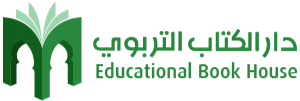
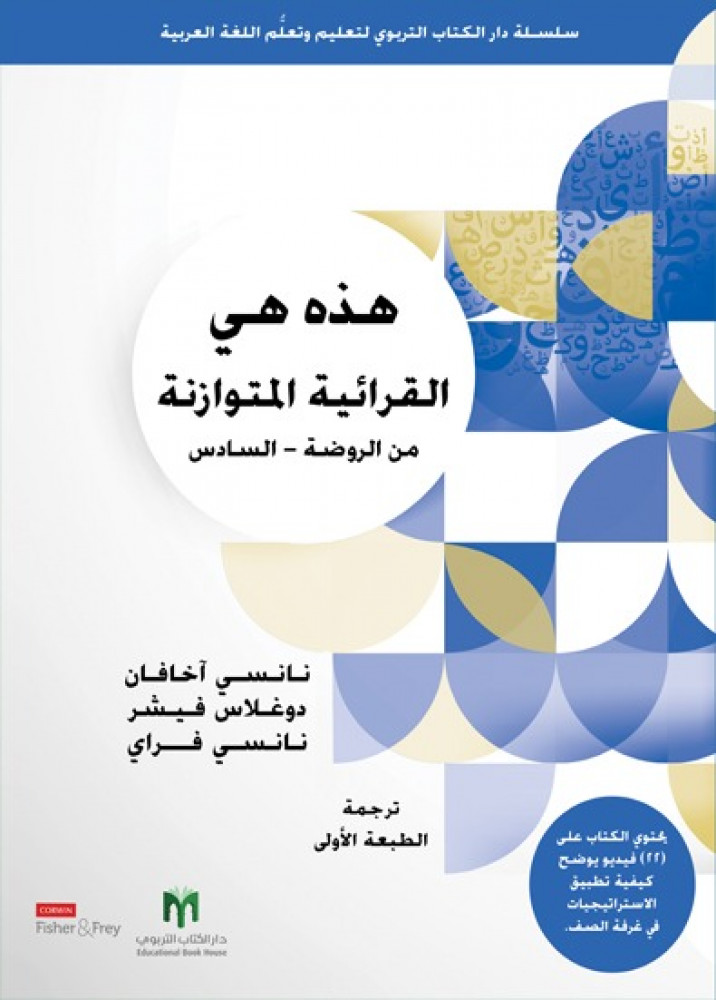
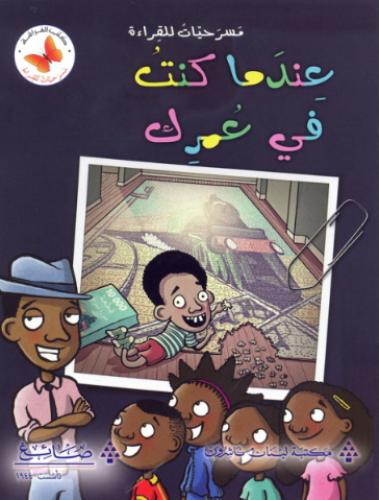

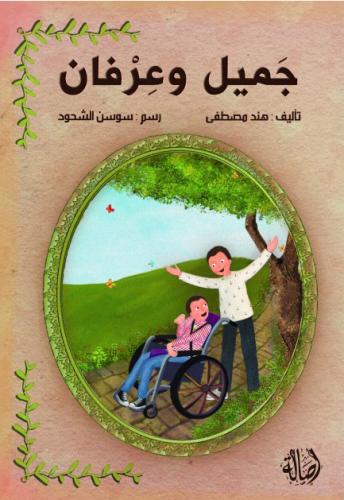
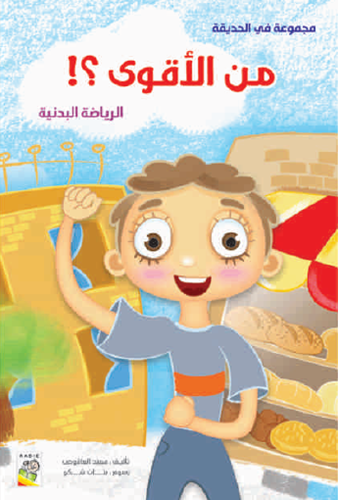
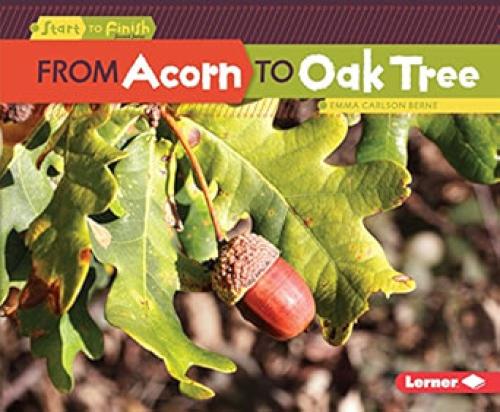
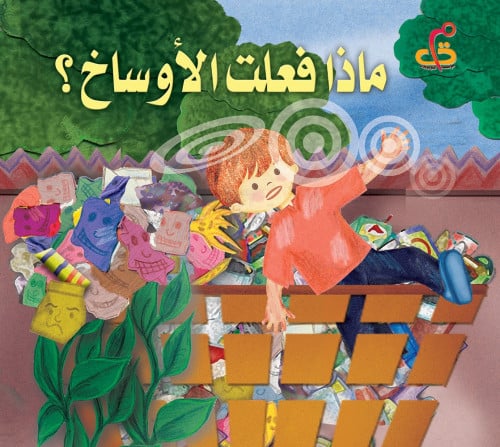



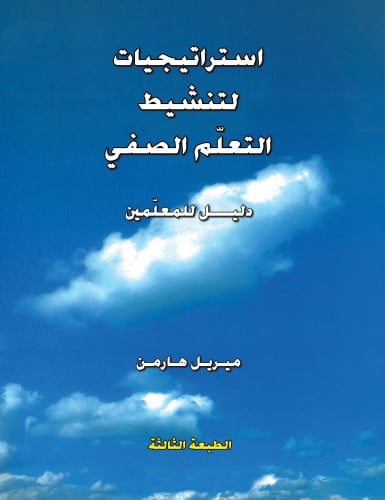

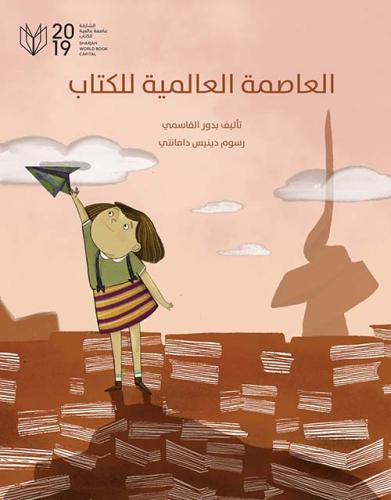
nahla alaqeel
اين اجد الكتاب في الرياض
دار الكتاب التربوي
شكرا لتواصلكم.
يمكنكم شراؤه من الموقع ويتم شحنه للرياض. الشحن ميسر وأصبح سريعا